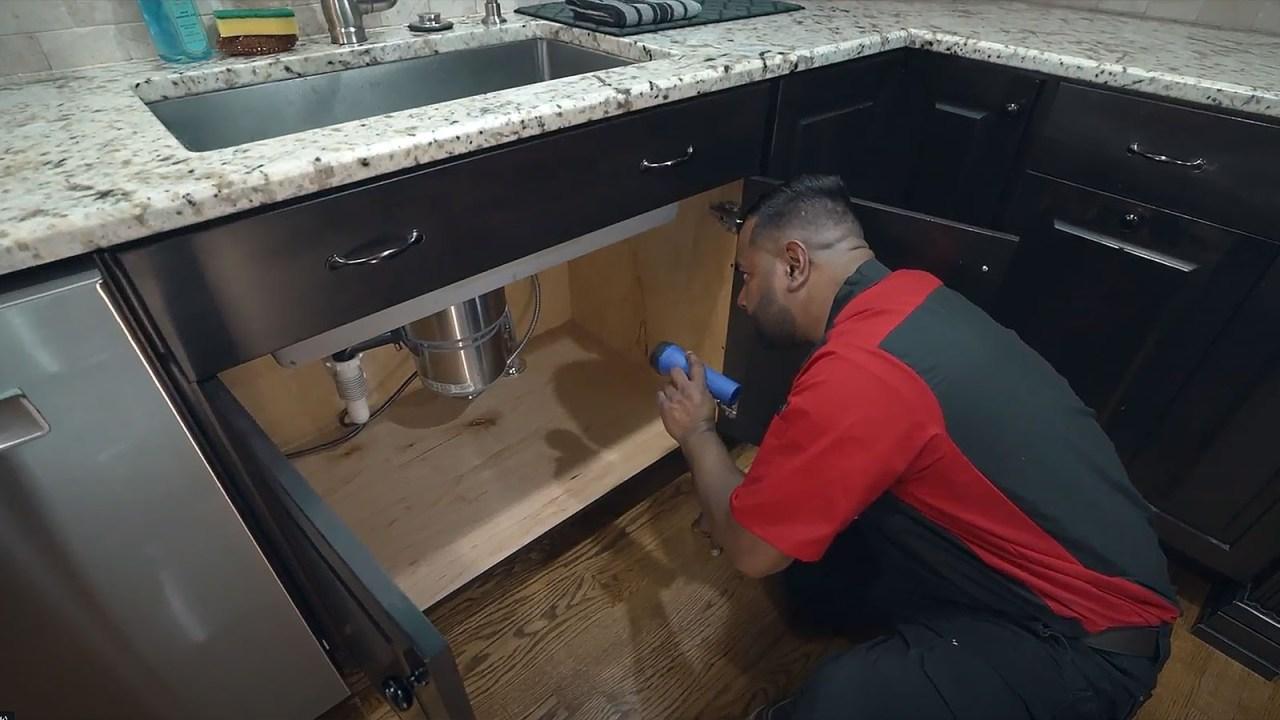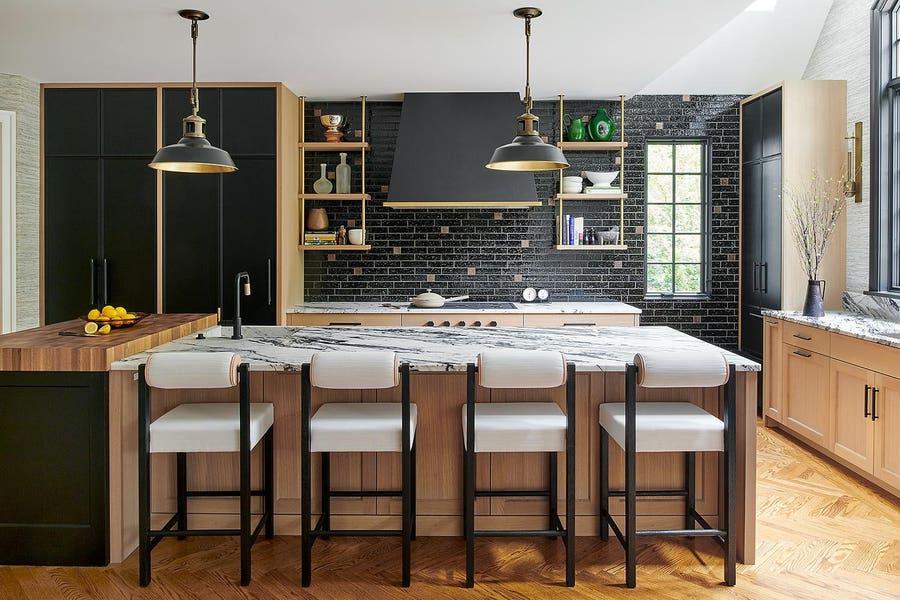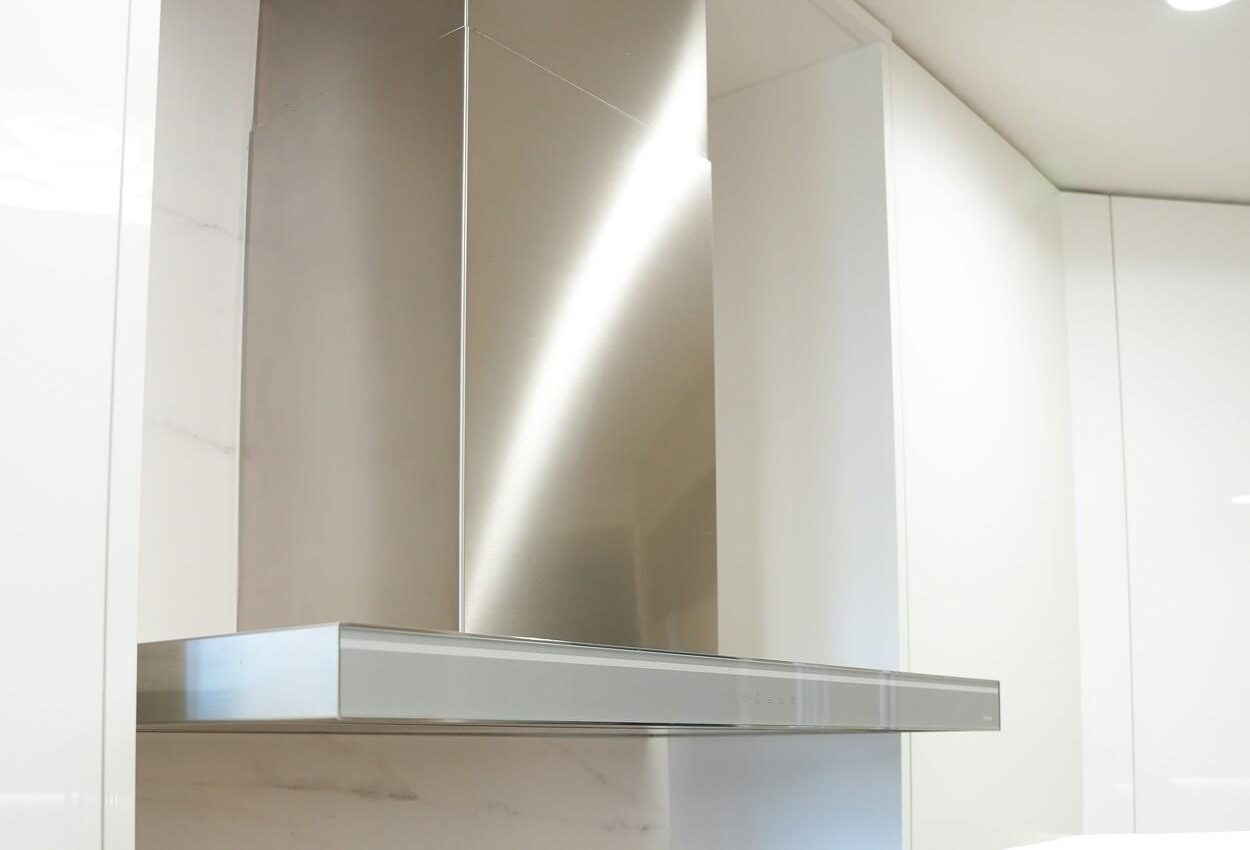At Ferguson’s Plumbing, we know that understanding the basics of kitchen plumbing can help you maintain a great kitchen and avoid unnecessary repair costs.
Here, we have gathered our top plumbing tips for your kitchen, including DIY fixes for minor issues, maintaining sink plumbing, and so much more.
So, without any further ado, here are our most effective plumbing tips for your kitchen:
- DIY Fixes – Minor kitchen plumbing issues are often easy to handle by yourself with the right tools.
- Sink Maintenance – Regularly maintaining your kitchen’s sink plumbing helps prevent future issues.
- Troubleshooting Sink Problems – Being able to understand and solve common sink problems can save you time and money.
- Tap Upgrades – Opting for efficient tap upgrades can increase your water usage efficiency.
- Clog Prevention – Taking proactive measures to prevent clogs will keep your pipes clean and clear.
- Leak Detection – Prompt detection and repair of leaks can save your kitchen from potential water damage.
- Professional Assistance – Recognizing when to call a professional plumber is key to avoiding serious damage.
The application of these tips along with regular maintenance can keep your kitchen’s plumbing in top-notch condition.
Additional Plumbing Tips
Maintaining your garbage disposal unit regularly extends its life span and improves its functionality.
Upgrading to high-efficiency taps not only saves water but also cuts down your utility bills.
If you suspect a leak but can’t locate it, seeking expert assistance promptly can prevent further damage.
Remember, handling plumbing repairs yourself can be fulfilling, but some tasks require a professional’s touch.
Contents
- Minor Kitchen Plumbing Issues and DIY Fixes
- Maintaining Your Kitchen’s Sink Plumbing
- Troubleshooting Common Kitchen Sink Problems
- Deciding on Tap Upgrades for Efficiency
- Garbage Disposal Cleaning and Repair Tips
- Proactive Measures for Clog Prevention
- Tips on Prompt Leak Detection and Repair
- Recognizing When to Call A Professional Plumber
- Easy Plumbing Wrap-Up
Minor Kitchen Plumbing Issues and DIY Fixes

One common issue in most kitchens is a dripping tap. This can be quite bothersome, but luckily it’s usually simple to fix.
The repair process typically takes less than an hour, even for those not well-versed in plumbing tasks.
With the correct techniques, you’ll have that pesky drip resolved in no time. This type of repair doesn’t require expert intervention.
Besides taps, another common kitchen dilemma involves hidden leaks.
These can occur around sinks, tubs, drains, and toilets, causing expensive damage if not detected early.
| Plumbing Issue | Detection Method | DIY Fix |
|---|---|---|
| Dripping Tap | Visible Drip | Replace parts |
| Sneaky Leaks | Water Stains | Caulking and Sealing |
| Drain Blockage | Slow Drainage | Drain Cleaners or Snake Drain Tool |
| Toilet Running Continuously | Loud Sounds or High Water Bill | Replace Valve or Float inside the tank |
| Sink Overflowing | Flood on Floor | Clean Sink Strainer |
| Note: Always consider professional help for complex issues. | ||
Solving minor plumbing problems can be empowering. Just remember to seek professional help for complicated issues.
Maintaining Your Kitchen’s Sink Plumbing
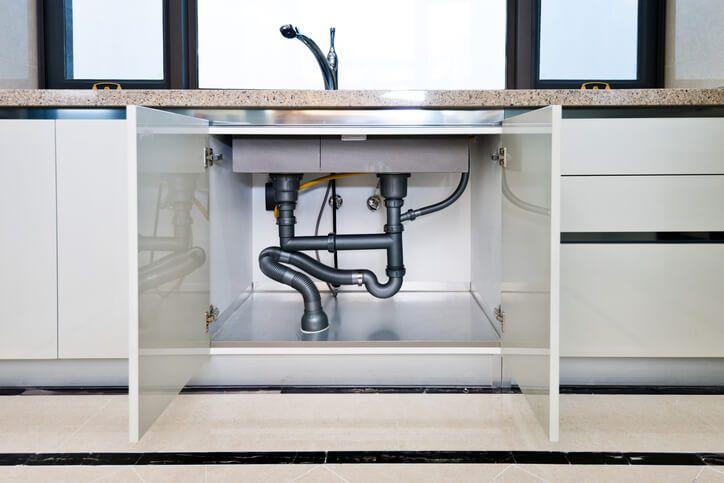
What Is Regular Sink Drain Maintenance?
Regularly maintaining your sink drain is as simple as pouring hot water down it each week. This helps stop the build-up of debris that might cause clogs.
An alternate method involves a mix of baking soda and vinegar once a week, which also cleans the drain efficiently.
How Do I Prevent Kitchen Drain Clogs?
You can prevent clogs by thoroughly scraping and rinsing dishes with cold water before loading them into your dishwasher. This keeps solidified grease from entering your drain lines.
Avoid warm water for rinsing, as it emulsifies grease, leading to build-ups in your drains when it cools.
How To Use Baking Soda and Vinegar for Drain Cleaning?
To clean and deodorise your drains, pour a half cup of baking soda into the drain, followed by two quarts of hot water. This works well for sinks, showers, and tub drains.
What To Do With Sink Clogs?
If you have a blocked sink, fill it with very hot water and let the blockage sit for one to two hours. Using a cup plunger can force water through the clog if needed.
Can Vinegar and Hot Water Remove Grease Clogs?
A mixture of hot water and vinegar can effectively melt and eliminate grease blockages in your sink. Let this mixture work a few minutes before using a plunger to move along the clog.
Should I Use Microbial Cleaners?
You might want to consider microbial cleaners like Bio-Clean Drain Septic Bacteria to break down organic matter in your drains. Drain acids, however, can damage pipes and affect your water supply.
How To Perform Monthly Bathroom Drain Maintenance?
You can remove hair and debris from bathroom drains using a tool like the Drain Weasel or a simple bent wire hanger. Make sure to run hot water through the drain afterwards.
How Do I Clean Pop-up Stoppers?
Cleaning pop-up stoppers in bathroom sinks and tubs should be done regularly. Just lift them from the drain, remove debris, and scrub off gunk with an old toothbrush. Rinse and replace.
Troubleshooting Common Kitchen Sink Problems

As an Aussie homeowner, you might regularly deal with kitchen sink snags. Let’s familiarise ourselves with some of the common ones:
- Low Pressure Kitchen Tap: An annoying issue often caused by a clogged aerator. A quick clean or replacement should restore water flow.
- Leaky Kitchen Tap: Usually due to worn-out seals. A plumber can replace these to stop unwanted drips.
- Clogged Drain Lines: Happens when there’s insufficient water to flush down solids, or when incorrect items are sent down the drain.
- Kitchen Sink Clog with Garbage Disposal: Expect clogs if there’s not enough water to flush solids, wrong items are put in, or if the garbage disposal is outdated or malfunctioning.
Facing clogged drain lines? There’s no need to panic. Using a plunger effectively can do wonders. You could also try pouring hot water mixed with soap down the drain and waiting for about 20 minutes. Alternately, a commercial drain cleaning solution might do the trick but be wary of their toxicity.
If you’re a bit adventurous, use a drain snake (auger) to break up the clog. For troubles with the garbage disposal, check if it’s connected and the circuit breaker hasn’t tripped. You can also press the reset button on the bottom of the disposal while running water.
To further troubleshoot garbage disposal issues, try using a hex wrench to free up the impellers by rotating both ways. Clearing blockages via a broomstick might help too, but proceed with care. If all else fails, professional assistance can come in handy.
Deciding on Tap Upgrades for Efficiency
Upgrading your kitchen tap can boost aesthetics and functionality, and also reduce costs. It provides a fantastic opportunity to conserve water using high-efficiency taps with aerators and flow restrictors.
The improved hygiene of touchless or sensor-based taps is a major benefit. These advanced features streamline your kitchen tasks and provide a better user experience.
Taps crafted from commercial-grade materials are durable, reducing the frequency of replacements, and saving on maintenance costs. Their sleek designs can also add to your property’s value.
Opting for a Water-Efficient kitchen tap significantly reduces household water usage. It’s noted that taps account for 15% of this usage, so upgrading to low-flow models can result in some serious savings.
Did you know that upgrading to a WaterSense tap can decrease your water consumption by 30%? Coupling this with an aerator installation can minimize water flow rates even further, offering 66% more water savings.
When selecting your kitchen tap upgrade, consider style, functionality, water efficiency, budget, installation complexity and finish. Choose a model that complements your kitchen layout and existing fixtures.
A final tip: trusted brands like Moen and Delta offer bathroom taps known for their longevity and cost-effectiveness. Purchasing through plumbing supply stores ensures you get a top-quality product.
Garbage Disposal Cleaning and Repair Tips

If your garbage disposal is playing up, don’t stress. Let’s cut through the noise with some straightforward, practical tips.
Identifying the Problem
First things first, try to identify what’s wrong. Is it not turning on? Is it jammed? Or maybe it’s just not grinding properly?
Power Issues
If your unit isn’t powering on, check your electrical switch. A tripped circuit breaker could be the culprit.
Still no luck? Hit the reset button located on the bottom of the unit. Give it a good press and see if that does the trick.
Jammed Units
A jammed unit might need a bit more elbow grease. Turn the power off at the wall and dislodge whatever’s causing the blockage.
A long pair of pliers or a sturdy piece of wood should do the job just fine. But remember, safety first; make sure you’re wearing gloves!
Inefficient Grinding
If your disposal isn’t grinding like it used to, there could be a dull blade issue. In this case, pop in some ice cubes – they help sharpen blades.
If none of these tips help, calling in professional help from Ferguson’s Plumbing might be your best bet.
A bit of regular maintenance can go a long way in keeping your garbage disposal unit running smooth and trouble-free.
Proactive Measures for Clog Prevention
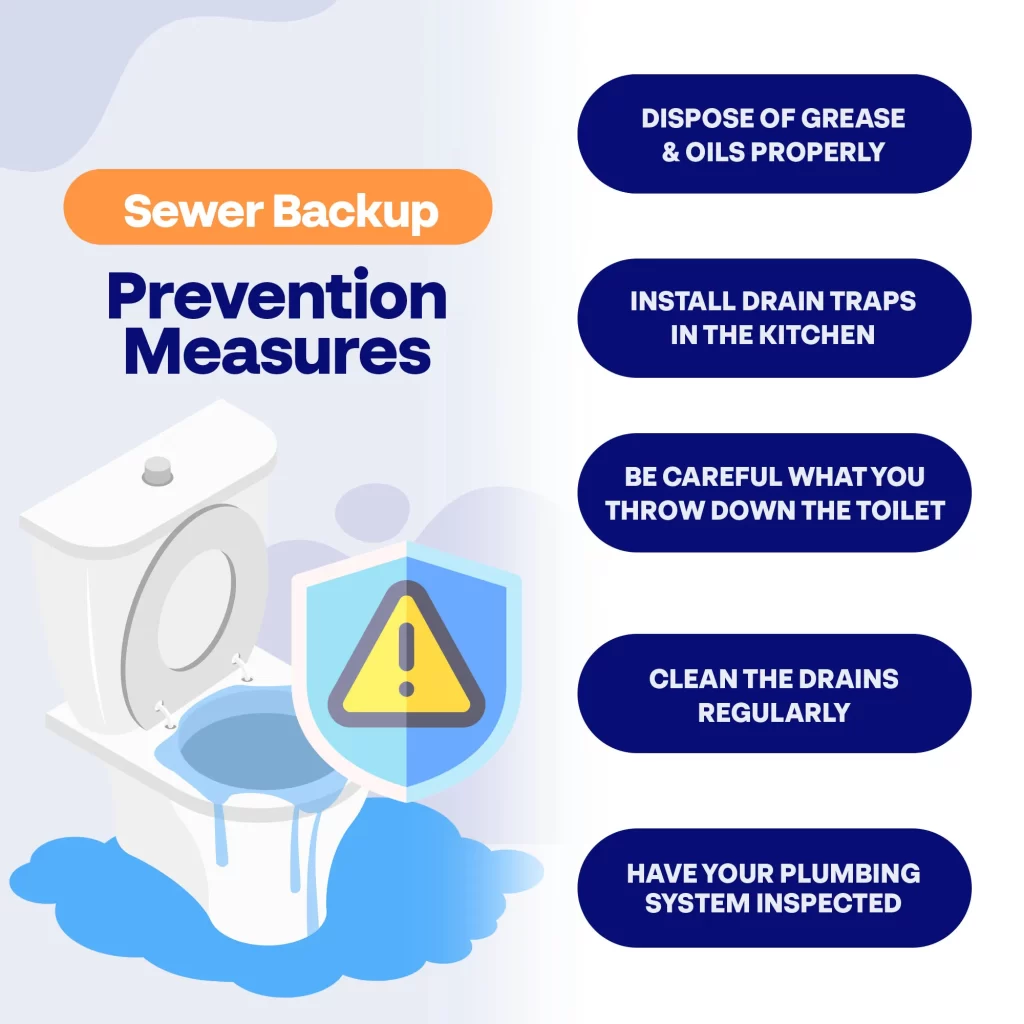
Dealing with a clogged kitchen drain can be quite frustrating. Avoiding this common household problem demands adopting proactive steps.
Don’t forget, your kitchen drain isn’t a bin. Be careful about what goes down there.
Regular cleaning of your drain is critical too. It ensures that minor clogs don’t build up to become major ones.
- Dispose of waste properly: Keep a compost bin for food scraps instead of pushing them down the drain.
- Utilise a sink strainer:A simple tool that prevents food particles from entering your pipes.
- Clean regularly with hot water:This basic habit can go far in keeping your pipes clean and free-flowing.
The trick is to be consistent with these practices, and you’ll greatly reduce the likelihood of encountering stubborn clogs.
A good rule of thumb too, is to engage the services of a professional plumber for periodic maintenance checks on your plumbing system. This goes a long way in detecting potential problems before they escalate.
Tips on Prompt Leak Detection and Repair
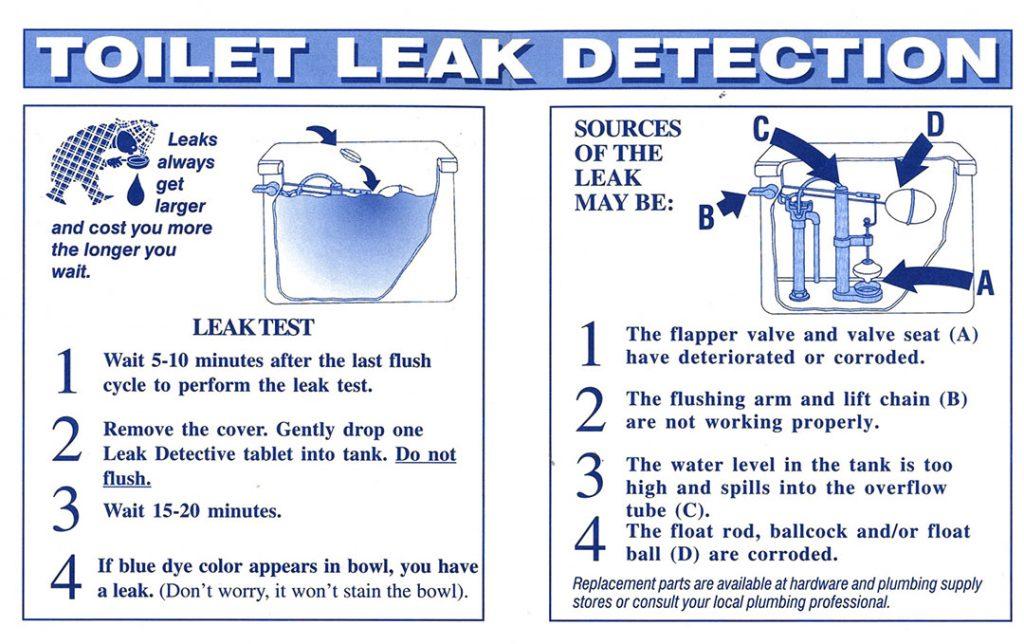
Plumbing leaks can cause significant damage over time. Spotting these leaks promptly is crucial. Here are some tips to assist.
Check your water meter regularly. An unexpected increase can indicate a leak.
Listen carefully for the sound of dripping water, especially after using appliances.
Closely inspect walls and floors for unusual dampness or discoloration.
Look out for a surge in your water bill; this is often a warning sign.
| Signs | Tips |
|---|---|
| Sudden increase in water bill | Investigate immediate changes in your water usage pattern. |
| Audible dripping sounds | Switch off all appliances and identify the source of the noise. |
| Damp patches or discolouration on walls/floors | Aim to find the leak origin to prevent further property damage. |
| Unexpected rise in water meter reading | Contact your local plumber to investigate if unsure of the cause. |
| By being proactive, you’ll significantly decrease damage from unwanted water leaks. | |
With prompt detection and timely minor repairs, you can save on serious repair costs down the line.
Remember: it’s better to address these minor issues before they escalate into major problems. Stay vigilant!-
Recognizing When to Call A Professional Plumber
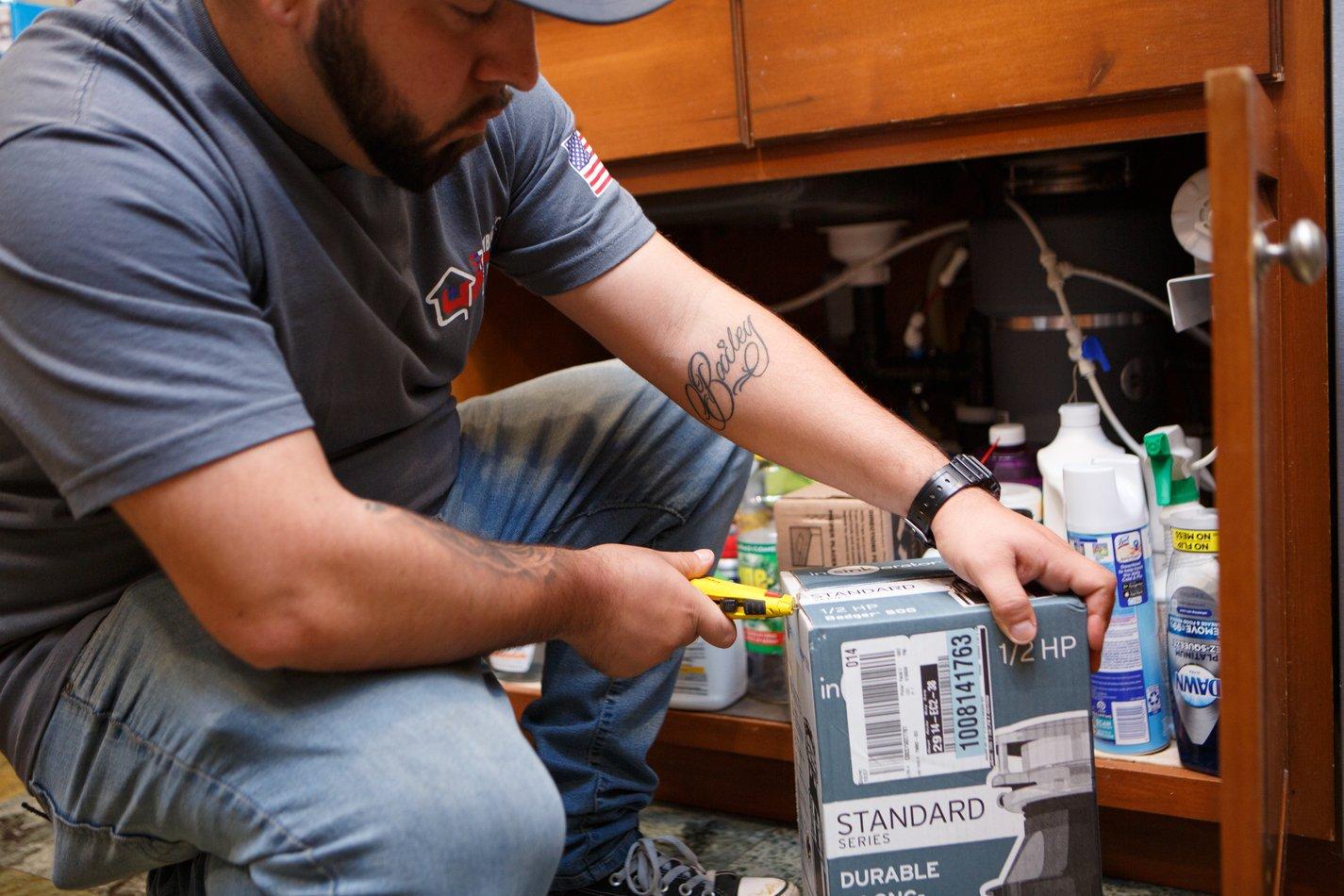
Sometimes, DIY plumbing can become a bit tricky. If you find yourself stuck with a soldering task, it might be time to call a professional.
Soldering requires a metal alloy to be melted to create a fused joint between metal pieces, not something every homeowner is comfortable with.
Standpipe Issues
If your standpipe — the vertical pipe that receives water from your washing machine, or supplies water to your fire sprinkler system — shows signs of malfunctioning, you might need an expert’s help.
Working With Straight Cross Fittings
Connecting four pipes of the same diameter with straight cross fittings can be complicated for a novice. A professional plumber ensures proper & efficient connections.
The Sump
Maintaining the sump, which drains, collects, or stores water in your home can be challenging and messy. It’s best dealt with by professionals.
A safety device like a T & P Valve expels excess pressure or temperature from inside a tank. Ensure its functioning through expert help if needed.
Easy Plumbing Wrap-Up
To maintain a hassle-free kitchen, regular checks and basic plumbing maintenance are keys. Preserve the lifespan of your appliances by avoiding harsh chemicals, not overloading your disposal unit and watching what goes down the drain. By following these simple tips, you’ll be on your way to trouble-free kitchen operations. Stay tuned for more practical plumbing advice!
- Smart Plumbing Innovations – Tech Trends for Your Kitchen - September 2, 2024
- Plumbing and Ventilation Tips for a Healthy Kitchen - August 25, 2024
- Preventing Clogs. Best Practices for Kitchen Drain Maintenance - August 2, 2024
Related posts:
 Plumbing Perfection: Tips to Maintain Your Aussie Kitchen’s Lifelines
Plumbing Perfection: Tips to Maintain Your Aussie Kitchen’s Lifelines
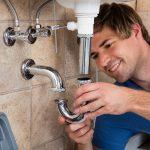 8 Tips to Minimise Kitchen Plumbing Leaks
8 Tips to Minimise Kitchen Plumbing Leaks
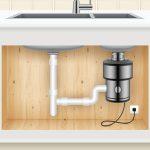 Insider’s Guide: Understanding Your Kitchen Plumbing System
Insider’s Guide: Understanding Your Kitchen Plumbing System
 Easy Kitchen Plumbing Upgrades to Save on Your Water Bills
Easy Kitchen Plumbing Upgrades to Save on Your Water Bills
 Common Kitchen Design Mistakes to Avoid: Expert Tips from Fergusons Plumbing Australia
Common Kitchen Design Mistakes to Avoid: Expert Tips from Fergusons Plumbing Australia
 Innovative Kitchen Plumbing Products You Need to Know About
Innovative Kitchen Plumbing Products You Need to Know About

